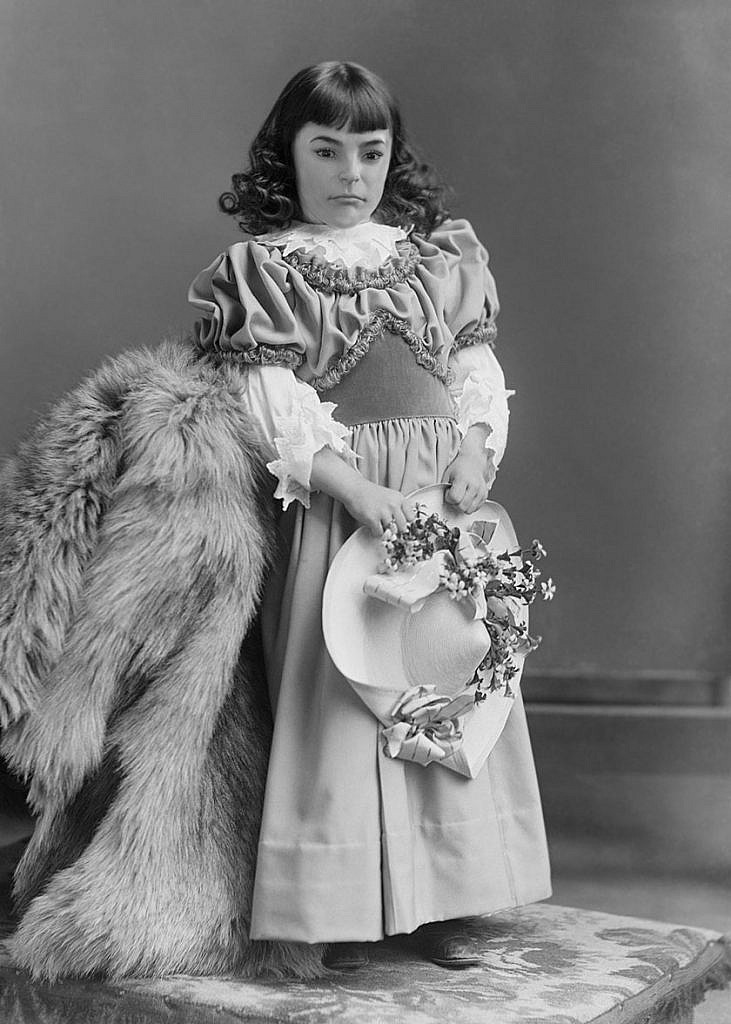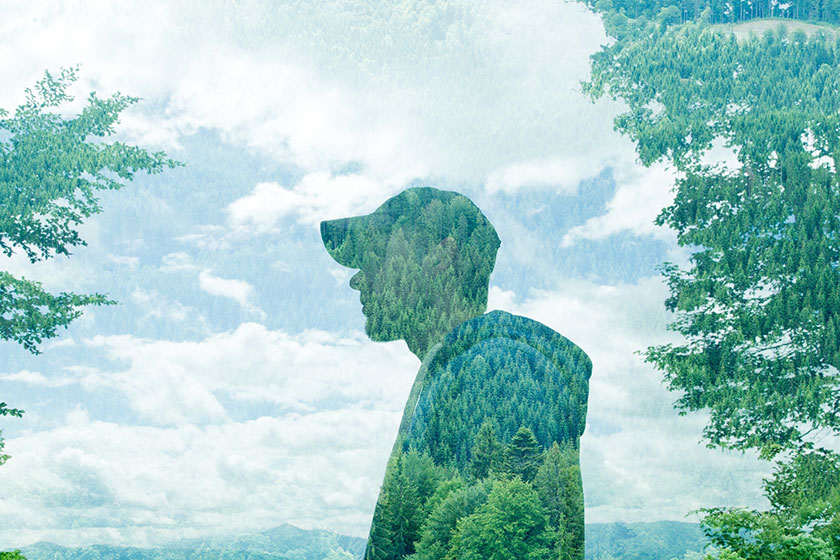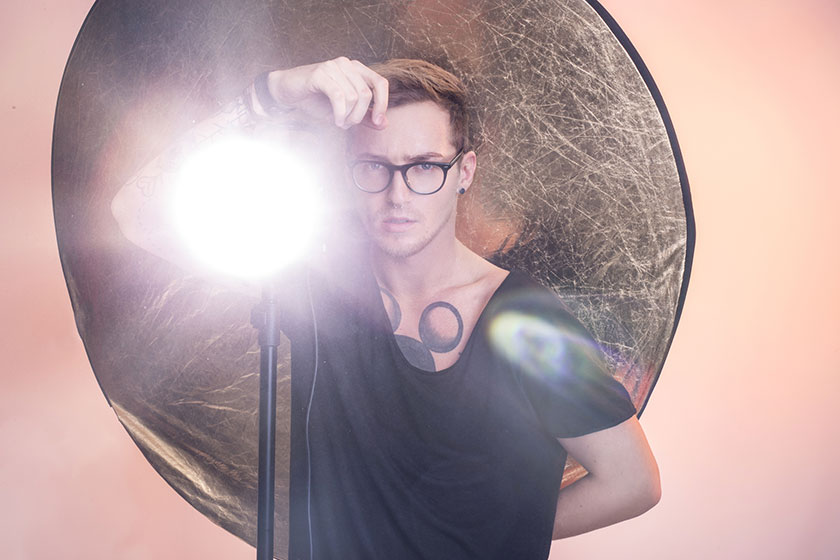Photography has a lot of different niches. Intermediate photographers need to decide which one they want to specialize in because all of them come with different techniques and tricks you can use to get the best results.
That’s why we decided to share some portrait photography tips with you. Portrait photography is a very popular sub-genre of photography.

These images capture the emotion and personality of the subjects. Furthermore, there is a lot of demand for this kind of photography, so making money with it is easier. Company photos, family sessions, senior portraits, and weddings all need portrait photography.
If you want to pursue a photography career in this direction, you will have to learn the right techniques to capture the best images possible.
Before we get to tips, let’s explain some fundamentals. So let’s start from the top.
What is Portrait Photography?
A portrait is a form of photography art where the artist tries to capture the whole character of a particular subject with utmost detail. Portrait photography isn’t purely technical, like some other types of photography.
However, it does require you to follow certain guidelines while also being creative in your approach. It revolves around people. You need to learn how to show human subjects in the best light possible at all times.
Portrait photography might seem simple, as it’s just about photographing a single person, but it isn’t. The basic concept is simple, but you don’t have a lot of elements to make photos more engaging. Put, you need to know how to make these photos interesting on their own.
Characteristics of Portrait Photography
The main focus of portrait photography is the face. The goal of the photographer is to capture all the facial details. At the same time, you need to showcase the personality, identity, and attitude of your subjects.
A portrait can include the background and the body of a person, but these elements are never emphasized. This kind of photography is always prepared in advance, and there aren’t any shots where the subject isn’t aware of them.
On the contrary, the subject is always guided by the photographer. They both need to work together to get the best results possible.
How to Approach with Portrait Photography
There are four types of portrait photography based on approach: creative, candid, constructionist, and environmental.
1. Creative Approach
This approach includes a signature style that the photographer has developed over time. It can be a combination of image editing, styling, posing, aperture, lighting, and so on. The creative approach is very often found in fine art applications.

Here photographers have more freedom to express their perception and vision. A lot of photographers rely on photo retouching service providers to give them their special touch.
2. Candid Approach
With this approach, the photographer captures the subject when the person isn’t aware of what’s happening. Still, these photos are planned, and subjects are guided through the process. The only difference is that the photographer doesn’t let the subject know when they will take the shot.
3. Constructionist Approach
With this approach, it’s all about creating an atmosphere and building up a surge of emotion. You can set the mood of your photos through body language, lighting, background options, and so on. That’s how you can portray emotions.
For example, a typical example of portrait photos is pregnant moms holding their bellies. They look at their stomach, and this shows that they are waiting for that incredible moment of childbirth.
On the other hand, a typical business portrait includes background removal whatsoever with the subject looking straight at the camera.
4. Environmental Approach
These portrait photos are captured with subjects being placed in a surrounding that helps tell a story about them. For example, the surrounding can showcase the profession, identity, or emotion of the subject.
If a person loves dogs, you can pose them in front of the dog house while petting a dog. On the other hand, if the subject writes books, the right background choice would be a bookstand in a library.
Before we get to our portrait photography tips, let’s say that there is no approach better than all the others. All of them have their advantages, but it’s up to you to learn them and try different combinations.
5 Essential Portrait Photography Tips you Need to Know
Let’s start with the most important tips for taking portraits.
1. A longer lens is a must
When looking for information about lenses online, you will see that a lot of photographers suggest getting a 50mm one. However, for portrait photography, this isn’t ideal as mid-range lenses all have a similar perspective, and there is nothing particular about them.
Instead, you should look for a lens ranging from 85mm and up to 200mm. That’s how you will make more unique shots. You will also bring the background closer to the subject with added background blur.
Still, communicating with subjects through a 200mm lens can be more challenging, but it will be worth it once you see the results. You might have to walk back and forth several times, but hey, all of this will improve your shots.

2. Look for different angles
A lot of people keep forcing eye-level shots in portrait photography. Even though this offers something familiar and obvious, it’s basic and uninteresting. Try and get different angles below the eye-level or from above, and create new perspectives to your portrait photography.
You can also use this technique to flatter subjects when they have different body types that stand out from each other. It’s also good for removing the difference in height between subjects, one of the essential portrait photography tips you should remember.
3. Use flash from the side
Unlike in many other different niches, in portrait photography, you will rarely use the camera flash. When you shoot a person with flash directly, it will always disrupt their face with a bright light. At the same time, most people will move or flinch when flashed straight on.
When flashing subjects from the side, you will be able to create shadows and lights any way you want. You can also use this to make the landscape more dramatic by highlighting elements in the background.
4. Reduce the sunlight with flash
Portrait photography can be very tricky during mid-day. Artificial lights can be used to make your images darker and increase exposure. Speedlites are a good option for this kind of work, and you will need at least 2 of them to light up the subject while completely blocking out the sun.
Don’t use a diffuser and try to bring the speed light near to both sides of the subject. That way, you’ll underexpose the background and put even more light on your subject.
5. Learn how to use light to your advantage
A lot of experienced portrait photographers often like to say, “find the light.” It’s all about being able to get a beautiful backlight for the current style of photography you are making. After all, light is an essential element of photography, and with portraits, it’s even more impactful.

No matter if you’re using a light bulb, window, outdoors sunlight, or any other light source, you need to place them in the right spot behind the subject to get quality edge light. This rim of light enhances the dimension and brings the subject to the first plan.
These are the essential portrait photography tips. No matter if you’re a beginner or intermediate, these tips can help you improve your skills as a portrait photographer. However, if you need post-photography help for portrait retouching service, you must always seek professional assistance like smart photo editors to help you get the best images.
–Smart PHOTO editors










